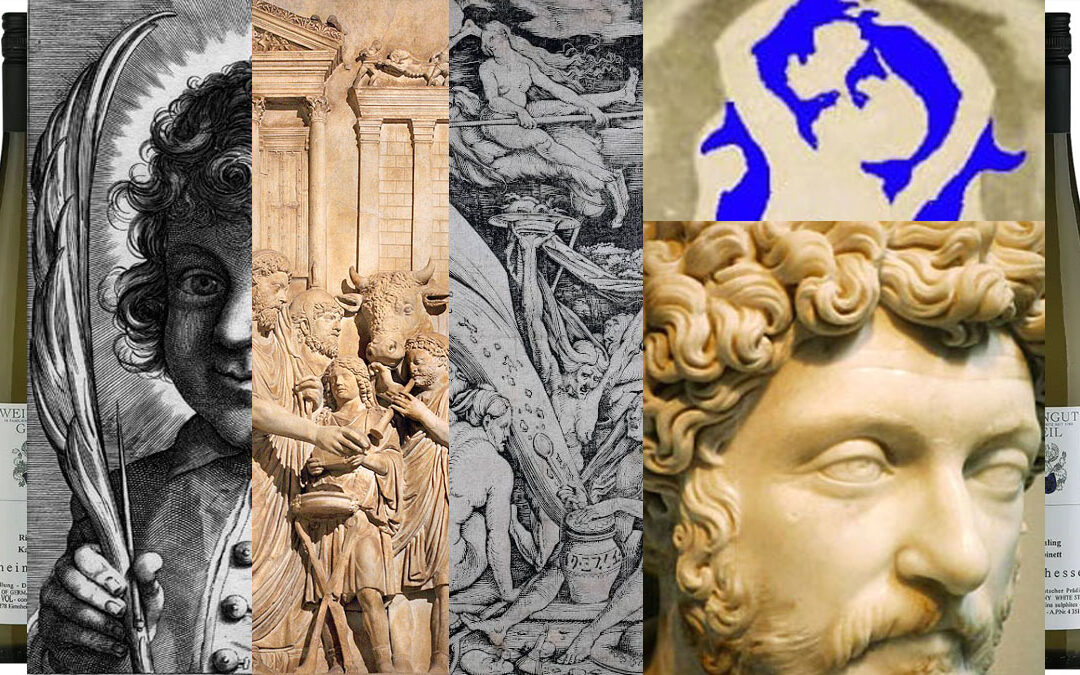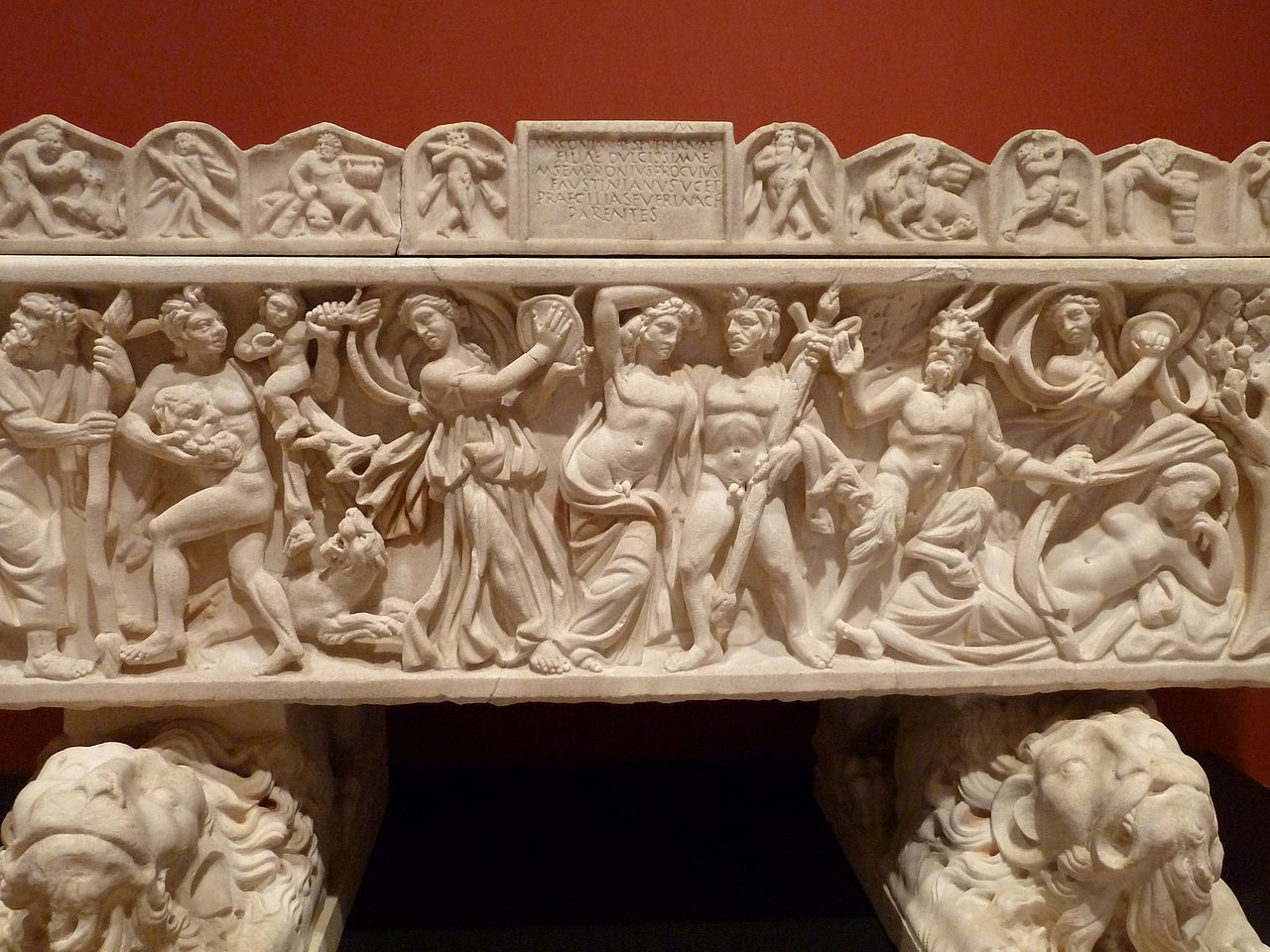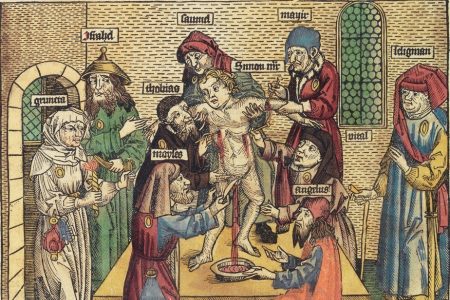
Morbid Anatomy!
Join Victoria and Jacob September 17 as we join the Morbid Anatomy community of guest speakers for “A History of Satan(s)“! We’ve kept seating at this online event low so we can have more participatory moments, but we hope our friends and listeners can join us!
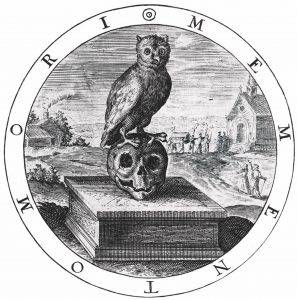
Trigger warning!
IMore triggers today as we talk about infant sacrifice (and more specifically RUMORS of infant sacrifice), a few centuries of Jewish libel and slander, and some other stuff.
Another cathartic post-Roe episode. Apologies for the audio quality of this one, Jacob’s microphone only recorded his keyboard and not his voice, so there’s a lot of reconstruction from backups.
So…about Anne Hathaway…she’s probably not a cannibal. There was a strange twitter explosion of rumors that she was a cannibal. More about that non-story, and more important stories, on Newsweek. The hosts speculate for some time as to what Anne Hathaway might be.
Victoria and Jamin bring a veritable feast to the table, home-made turkey hot pockets complimented (?) by a dry Riessling wine. More about that particular combination on the “Quit Wining” blog.

Today’s Light Reading
Demon Lovers: Witchcraft, Sex, and the Crisis of Belief, by Walter Stephens — Among other things, how the authors of the Malleas Malificorum used the confessions of witches to justify their own theology, and the desperation of that mindset.
Evil Incarnate: Rumors of Demonic Conspiracy and Satanic Abuse in History, by David Frankfurter. Really, the title says it all.
Europe’s Inner Demons: The Demonization of Christians in Medieval Christendom, by Norman Cohn — goes many of the same places “Evil Incarnate” does, but focuses more strongly on witch trials and heresies.
The Book of St. Cyprian: The Sorcerer’s Treasure – translation by Jose Leitao — an extremely well-known grimoire, or at least a version of one, from Portugal. Though the history of this book goes back to Europe, it’s a book that made a huge splash in the Americas. Interesting for the many stories between the spells, and the huge lists of “find the treasure!” locations. It’s like geocaching, but with more demonic pacts. “Fun, for a grimoire anyway” is not the same as “on the edge of your seat reading material,” buyer beware.
Meanwhile in 186 BCE
We’ve had a hard time finding the salacious details of the Bacchus cult shutdown. You might want to start with this article from Ebrary. The Bacchus cult seemed…as far as our minimal research shows…to have been a mystery cult with a strong “both genders involved” approach, likely at least some sex and drinking, and possibly some night-time rituals that may or may not have been particularly exciting. It does seem to have been tied to a related deity that was pro-civil rights, pro-equality, that sort of thing.
The Roman suppression of the cult was fierce: people allegedly involved in the assassinations, night-time floggings, and other sensational activities of the cult were put to death, even women (who were given to their families for punishment). Any sort of ritual or observance of Bacus was shut down by the government, temples were demoloished, and ultimately, when worship of Bacchus was allowed again, it was a watered-down, sanitized, and very Romanized version of the cult, one that fit in with the decorous and dignified Roman tradition, not the wilder Greek mystery cult tradition.
More about Liber Pater (“The Free One,” “The Free Father”) on Wiki, a patron deity of Rome’s commoner class. Over time he was syncretized with Bacchus and Dionysus. He was also associated with satire, free speech, trade, and subversive theater.
Image by Dave Hill & Margie Kleerup, Wiki
The Octavius
Minucius Felix comes back to the podcast, defending Christianity in a dialog against a semi-fictionalized pagan debater. I know it’s a rhetorical style, but this always feels like an easy way to get in the last word. Anyway…here’s a nice summary of the text. It’s largely a dialogube between Octavius, a Christian, and Cecilius, a pagan (presumably a Roman). Cecilius voices a number of complaints and misapprehensions about Christianity, and Octavius refutes them.
The alleged ritual we talk about, if you care to read the Archive.Org text of “Octavius“, begins around “Minucius Felix 41.”And ends sometime in the early 21st century, we hope.

Delivered from the Powers of Darkness
1988 by Emmanual Eni. While Jacob is a big fan of copyright, he’s not a big fan of profiting off spiritual pornography (The Dispatchist runs at a loss, we’re good.) So here’s a PDF. There isn’t any material online about Eni or this text that aren’t from a “spiritual warfare” perspective, or a “testimony of ex-satanists” perspective. So, that’s all we’ve got. I wish Academia.edu would stop recommending it, I question its scholarly rigor.
The Fraticelli
(wiki) The “little brothers” were wandering Franciscans who believed heavily in “take nothing from the journey, no staff, no bag, no bread, no money, no extra shirt,” which is a policy that looks good on paper but can create conflicts…not just as a huge contrast to the growing wealth of the church (which, yes, they did have problems with), but also because the church itself supported the poor, and you can only do the “wandering beggar priest” thing so many years before you need medical care and a social security net. At least one sect of Fraticelli was declared heretical. The Fraticelli, or a later incarnation of them, make an appearance in Umberto Eco’s Name of the Rose.
Epiphanius on the Boborites
Epiphanius (wiki) was the bishop of Salamis in Cyprus, and wrote toward the end of the 4th century (395 or so). In his Panarion he addressed a number of heresies, sects, philosophies, and basically a heck of a lot of non-Eiphanius beliefs, and how the church might combat them…along with some seriously reducio ad absurdum versions of their beliefs. Section 26 revels in the horrors of the Gnostics/Borborites, and is pretty gratuitous, with strange sexual rituals, blasphemies, pleasurable sex (gadzooks), and a host of assaults on decency. as the author of that particular blog points out, you’re not under an obligation to read it.
Plink, Plank, Plunk
Composed in 1951, Leroy Anderson’s “Plink Plank Plunk” makes extensive use of Pizzicato (string-plucking) and other stringed instrument special effects to make a light, bubbly composition, the perfect aperitive to go with your hot pocket or dark sacrifice.
“There was a Village on the West Side…”
Victoria mentions a story of an Egyptian village who abducts Christian children, using their inward parts for music and treasure-finding. This passage can be found in Religions of Late Antiquity in Practice by Richard Valantasis (Google may have the relevant pages here). The story is from Apa Pinution, deacon to Bishop Macarius of Tkow some time around or before 450. No-one has identified the god Kothos mentioned in this story, though the Egyptians had more than 2000 gods, so no surprise. The theory’s been floated that it’s from Agathos, or “good spirit,” a Greek concept that comes close to “guardian angel.”
The Fraticelli
(wiki) The “little brothers” were wandering Franciscans who believed heavily in “take nothing from the journey, no staff, no bag, no bread, no money, no extra shirt,” which is a policy that looks good on paper but can create conflicts…not just as a huge contrast to the growing wealth of the church (which, yes, they did have problems with), but also because the church itself supported the poor, and you can only do the “wandering beggar priest” thing so many years before you need medical care and a social security net. At least one sect of Fraticelli was declared heretical. The Fraticelli, or a later incarnation of them, make an appearance in Umberto Eco’s Name of the Rose.
Epiphanius on the Boborites
Epiphanius (wiki) was the bishop of Salamis in Cyprus, and wrote toward the end of the 4th century (395 or so). In his Panarion he addressed a number of heresies, sects, philosophies, and basically a heck of a lot of non-Eiphanius beliefs, and how the church might combat them…along with some seriously reducio ad absurdum versions of their beliefs. Section 26 revels in the horrors of the Gnostics/Borborites, and is pretty gratuitous, with strange sexual rituals, blasphemies, pleasurable sex (gadzooks), and a host of assaults on decency. as the author of that particular blog points out, you’re not under an obligation to read it.
Simon of Trent
(wiki) Simon, AKA Simon Unverdorben (Simon Immaculate), died March 1475 at the age of 3. Look at those chubby cheeks. In a sense, the details of Simon’s death don’t matter. His body was found in a water cellar under a synagogue, and the land-owner, a money-lender,reported this to the local authorities. Also in March 1475, a Franciscan preacher in the area had been delivering a string of sermons vilifying the Jewish community in Trent. Predictably, everthing went downhill: the Jewish community of Trent was arrested, forced to confess to the ritual murder of the boy, 15 were burned at the stake, rises in anti-Jewish violence, and the expulsion of all Jews in one nearby city.
Technically Simon was never canonized as a saint, but he was recognized as a martyr and he was venerated in Trent and across Italy, Austria, and Germany. He was removed from the Martyrology in 1965, and it seems likely that his veneration has gone down a bit. And in fairness, there were always questions about Simon’s martyrdom. But not enough questions or official action to prevent him from somehow becoming a part of the insane QAnon conspiracy extended universe: in 2021 images of a particularly gruesome statue of Simon’s martyrdom turned up as evidence of Hollywood elites harvesting adrenochrome children’s blood. So, insanity never really changes, it just gets more syllables.
There’s a wealth of Simon of Trent imagery on Magda Teter’s Blood Libel: On the Trail of an Antisemetic Myth.

Little Saint Hugh of Lincoln
(wiki) This may have been cut from E47, it was starting to feel like kind of a lot. Like Simon, Hugh (1246-1255, Lincoln, England) was allegedly killed by Jews as a sacrifice, a story that was supported by King Henry III, creating a saint legend that circulated into the 20th century and a nice little revenue stream for Lincoln at the time. The chronicle of Hugh’s death was quite graphic…and strongly reminiscent of the Egyptian story from Ape Pinution…the child was allegedly shut up in a chamber, fed milk and bread, then was killed after Jews from the entire country were called in for a ritual mockery of the entire crucifixion story from beginning to end.
The Wiki article, and hopefully Hugh’s story, closes with a plaque on the former shrine to Hugh of Lincoln:
Trumped up stories of “ritual murders” of Christian boys by Jewish communities were common throughout Europe during the Middle Ages and even much later. These fictions cost many innocent Jews their lives. Lincoln had its own legend and the alleged victim was buried in the Cathedral in the year 1255.
Such stories do not redound to the credit of Christendom, and so we pray:
Lord, forgive what we have been,
amend what we are,
and direct what we shall be.
Nicolas Remy
…wrote his “Daemonolatreiae” in 1585, which should win some sort of award for the most unnecessary vowels. More about that here. The range of things he is prepared to believe, amazing. Witches are seduced by the devil, with gold that turns to dung (and the sex is pretty mediocre). Demons can raise mountains and toss them into the ocean…you’d think someone would notice…although they couldn’t turn people into werewolves (Sorry, Jacob). Judges are conveniently immune to the poisons and curses of witches, so that’s useful if you’re trying to explain why you haven’t been bumped off by one.
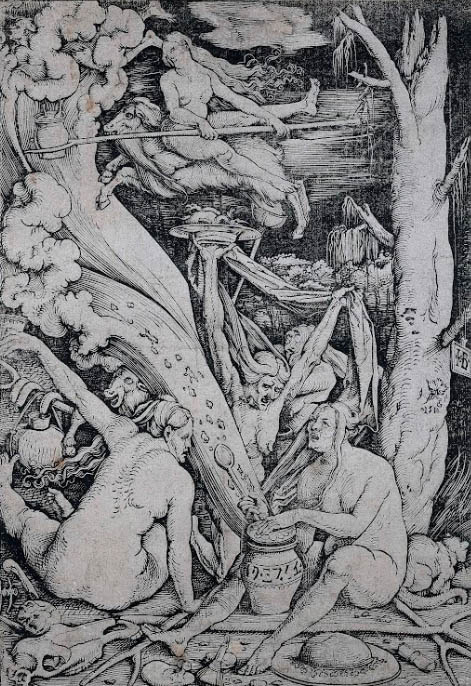
Hans Baldung Grien, “The Witches,” 1510

Podcast: Play in new window | Download

